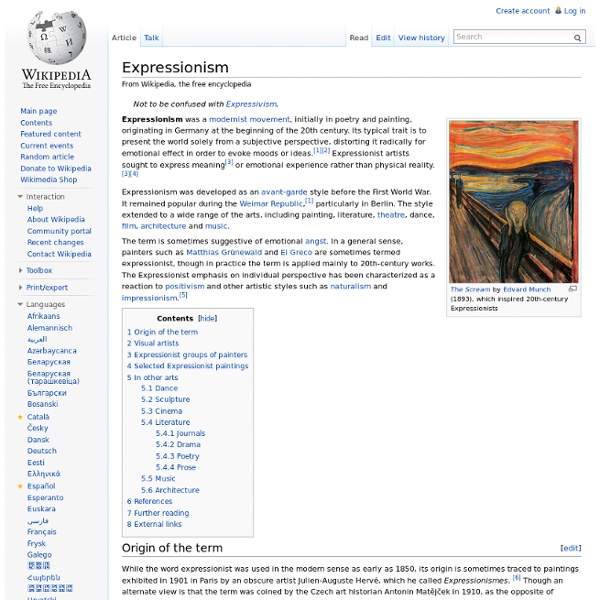Modernism and Theory: A Critical Debate
Modernism and Theory is a timely study which boldly asks what – if any – role Theory has to play in the new modernist studies and investigates the relationship between the two. Separated into three sections, each with a clear introduction, Modernism and Theory looks first at the links between specific modernist producers such as D.H. Lawrence, Bataille and Woolf in relation to theorists such as Deleuze and Guattari, Derrida, Benjamin and Agamben. The second section addresses more general questions involving conflicting attitudes to Modernism, Modernism as a narrative category and the centrality of theory to Modernism. In the final section six prominent scholars offer their thoughts on how Modernism relates to theory looking at topics such as ethics, ecocriticism and the avant-garde, concluding with an afterword from Fredric Jameson. Contributors include: Stephen Ross, Anneleen Masschelein, Ian Buchanan, Roger Rothman, Allan Stoekl, Thomas S.
Postmodernism
Artistic, cultural, and theoretical movement Postmodernism encompasses a variety of artistic, cultural, and philosophical movements. It emerged in the mid-20th century as a skeptical response to modernism, emphasizing the instability of meaning, rejection of universal truths, and critique of grand narratives. The term began to acquire its current range of meanings in literary criticism and architectural theory during the 1950s–1960s. In the 1990s, "postmodernism" came to denote a generally celebratory response to cultural pluralism. Historically, it arose alongside industrialization, globalization, and cultural upheaval, with early uses in art and literature evolving into philosophical and social theory through figures like Lyotard, Derrida, Foucault, Baudrillard, and Jameson. "Postmodernism" is "a highly contested term", referring to "a particularly unstable concept", that "names many different kinds of cultural objects and phenomena in many different ways". Historical overview [edit]
Introduction to Modernist Poetry
The English novelist Virginia Woolf declared that human nature underwent a fundamental change "on or about December 1910." The statement testifies to the modern writer's fervent desire to break with the past, rejecting literary traditions that seemed outmoded and diction that seemed too genteel to suit an era of technological breakthroughs and global violence.”—from the EDSITEment-reviewed Academy of American Poets “The Modernist Revolution: Make It New” Modernist poetry often is difficult for students to analyze and understand. A primary reason students feel a bit disoriented when reading a modernist poem is that the speaker himself is uncertain about his or her own ontological bearings. Such ontological feelings of fragmentation and alienation, which often led to a more pessimistic and bleak outlook on life as manifested in representative modernist poems such as T.S.
Theatre of the Absurd
Critic Martin Esslin coined the term in his 1960 essay "Theatre of the Absurd." He related these plays based on a broad theme of the Absurd, similar to the way Albert Camus uses the term in his 1942 essay, "The Myth of Sisyphus".[2] The Absurd in these plays takes the form of man’s reaction to a world apparently without meaning, and/or man as a puppet controlled or menaced by invisible outside forces. Though the term is applied to a wide range of plays, some characteristics coincide in many of the plays: broad comedy, often similar to Vaudeville, mixed with horrific or tragic images; characters caught in hopeless situations forced to do repetitive or meaningless actions; dialogue full of clichés, wordplay, and nonsense; plots that are cyclical or absurdly expansive; either a parody or dismissal of realism and the concept of the "well-made play". Origin[edit] Significant precursors[edit] Elizabethan - Tragicomedy[edit] Formal experimentation[edit] Pataphysics, Surrealism, and Dadaism[edit]
BBC Radio 4 - In Our Time, Literary Moderism
BBC Radio 4 - In Our Time, The Avant Garde's Decline and Fall in the 20th Century



